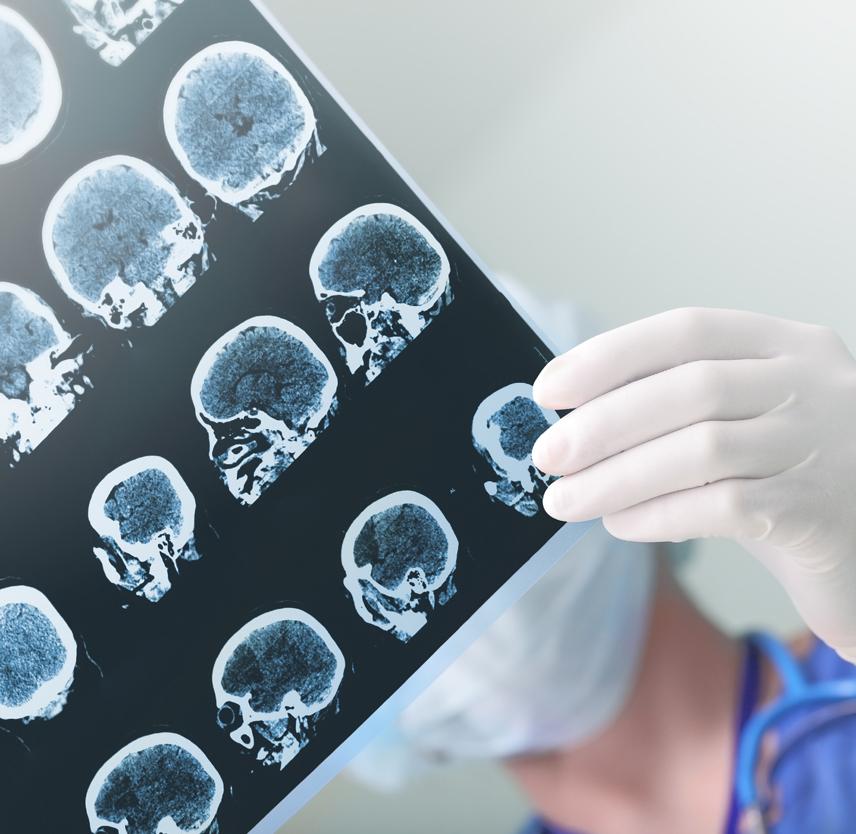
It's called the “invisible injury” for a reason: brain injury is notoriously difficult to diagnose and treat. Because the brain is our most complex organ, there are a variety of tools that medical professionals can use to measure the effects of a brain injury on a person's body, thoughts, and life.
In the early stages of brain injury, diagnosis centers on any physical abnormality following a traumatic event.
“The doctor who had diagnosed me gave them a quick rundown of my condition and what the medical team planned to do in the next few hours,” explains Earlene Ahlquist Chadbourne. “Of most concern — and rapidly endangering my survival — was the swelling in my brain.”
Through various emergency room screens and scans, doctors determined that Earlene's brain was bleeding. Her situation required immediate attention: a doctor placed a pressure monitor into her skull in order to measure brain swelling.
In Earlene's case, the physical injury was easily detectable; but it many other cases, a brain injury may avoid early detection.
How diagnosis and treatment are related
The diagnosis of brain injury involves (CAT scans) looking for signs of brain injury, either through scanning devices like computer assisted tomography (CAT scans), magnetic resonance imaging (MRIs), and X-rays, or through screening tools — usually in the form of simple tests — that measure various areas of a person's speech, movement, memory, and thought. The people most qualified to diagnose a brain injury are emergency room doctors, neurologists, and neuropsychologists.
Often the tests used to diagnose an injury help determine the appropriate course of treatment. Right after a moderate to severe injury, treatment usually focuses on medicines and surgical procedures. Once a person has been stabilized, treatment may focus more on the recovery of any lost abilities or learning to do things in a new way.
